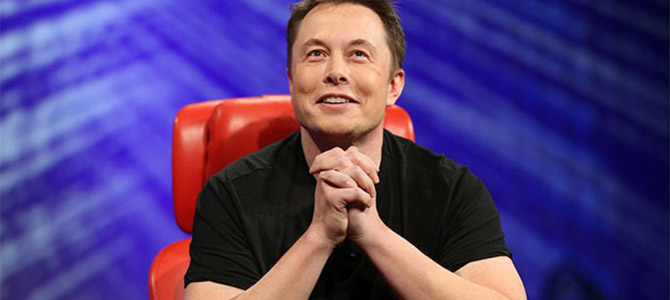Yesterday’s news that Daimler sold its 4 percent stake in Tesla weighed on the already beaten down stock of the electric carmaker. Daimler on the other hand is all smiles, having turned a $50 million initial investment into a cash flow of $780 million – not counting what it had received after selling a 40 percent chunk of its initial holdings to the Dubai government in 2009. Wall Street sources surmise that the sell was not a strategic decision, but the result of hedging. With the Tesla stock having retreated some 50 points from its September peak, options may have been exercised. According to a Daimler statement, the Stuttgart carmaker hasn’t simply cashed-in on its shares, but rather “has terminated the share-price hedge it initiated in 2013 and has sold its stake in Tesla of approximately 4%.”
Daimler isn’t the only high-profile investor that has lightened-up on TSLA stock.
According to the same Wall Street sources, Toyota has quietly disposed of a good chunk of its approximately 3 million shares it had acquired in 2010 before the company went public. On March 31, Toyota reported that it held a 2.4% stake in Tesla, worth $692. Expect this slice to be a good deal thinner when Toyota reports again at the end of this fiscal. Toyota spokespeople would neither confirm nor deny such a sale. Tokyo-based spokesman Dion Corbett could not be coaxed into saying more than “Toyota still has Tesla stock.”
For Toyota, the deal was especially good. Very little cash was needed to get the shares, Toyota basically bartered the empty and unneeded NUMMI plant into a stake in Tesla. What’s more, the investment was a payoff to get rid of strongarming Californian politicos, wrote Holman W. Jenkins in the Wall Street Journal.
After GM went bankrupt, Toyota shut down the joint Toyota- GM NUMMI plant in Fremont. According to Jenkins, “California politicians convinced themselves it was Toyota’s obligation to keep subsidizing Nummi and its UAW workers.” Toyota would not listen. Shortly after the plant closure, floormats improperly fitted by a dealer were turned into Toyotas that would accelerate by themselves or by cosmic rays, tin whiskers, or bad programming.
In a hearing, California Rep. Jerry McNerney twisted Toyota’s arm some more:
“Toyota is currently experiencing major public relations problems and the public concern about safety failures is going to hurt your bottom line. California is one of your biggest markets, and it’s obvious that keeping Nummi open will help rebuild your image. Wouldn’t that be beneficial to Toyota?”
Several weeks later, Toyota paid the piper and kept Nummi open by selling it to Tesla for money Toyota had given Tesla. The witch hunt promptly subsided, but not after costing Toyota more than $4 billion in fines and settlements.
Tesla’s Elon Musk sold the engagement of Daimler and Toyota not as the shrewd investment it was, but as a vote of confidence. He also created the perception that both companies are after Tesla know-how.
Indeed, both Daimler and Toyota learned something, namely how not to build EVs. An auto executive with intimate knowledge of the matter told the Daily Kanban in June:
“Using laptop cells is inherently unsustainable for automotive applications. Tesla is alone in the world using laptop batteries — their laser-welding of the pack is shaky in the extreme. At any company that has done a teardown on the Tesla battery pack, engineers are horrified at the quality of welding.”
A few weeks later, Tesla declared its vaunted knowhow essentially worthless by giving away its patents for free.






